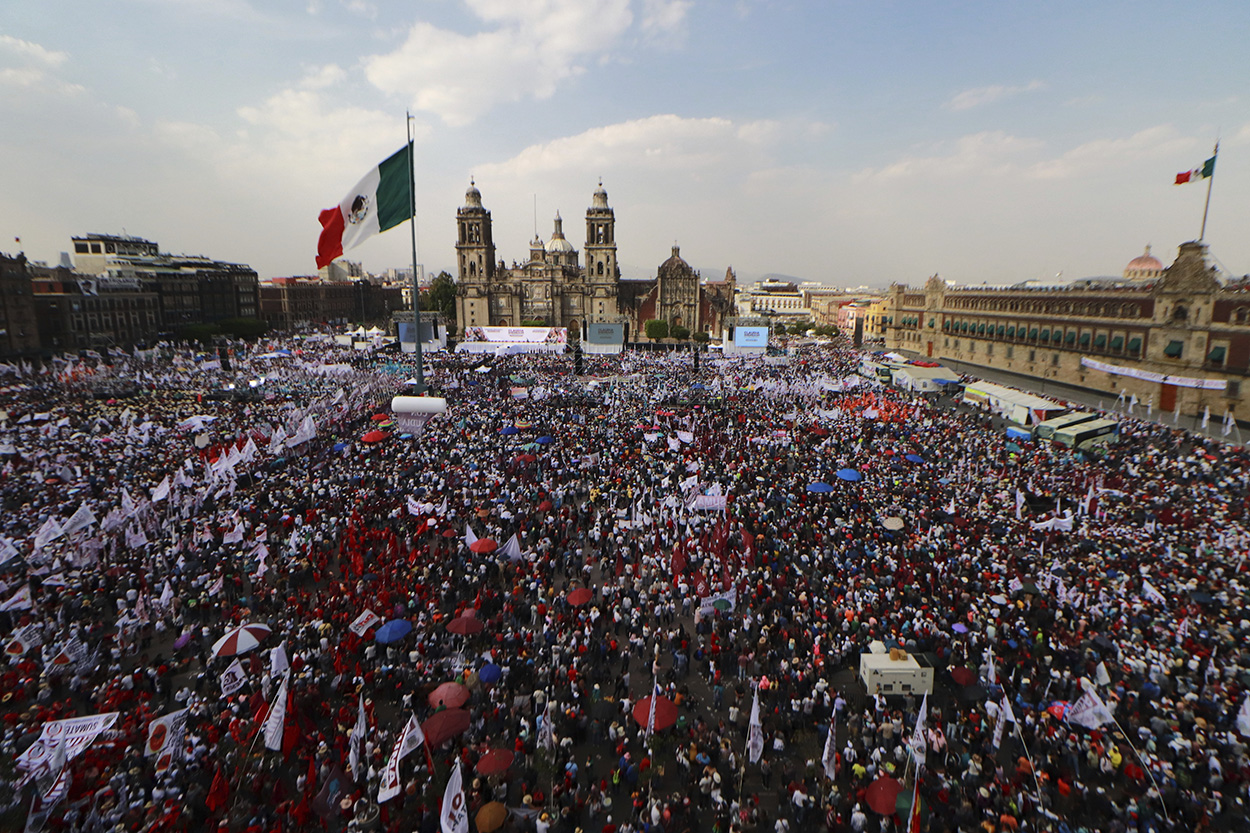Summary: CFO Forum in Monterrey
Summary: CFO Forum in Monterrey
Mexican authorities were swift when increasing monetary and fiscal discipline to stabilize the economy, said Bank of America’s Carlos Capistrán.
"Policy tightening" was the title of Carlos Capistrán’s analysis of the Mexican economy in 2016. The chief Mexico economist at Bank of America Merrill Lynch delivered his remarks in May at the Council of the Americas CFO Forum at the Club Industrial in Monterrey, Mexico.
Capistrán chose the headline based on the fact that monetary and fiscal policies have been toughened to stabilize the country, in light of shocks on the fiscal and external fronts. Capistrán qualified the moves as positive ones. "Countries tend to be slow in reacting to shocks. In Mexico, we are reacting right away," he said.
Balancing Appreciation and Inflation
On monetary policy, the Bank of Mexico (Banxico) has allowed the exchange rate to serve asa buffer to external shocks. The sizeable depreciation of the peso has induced more local consumption, but additional demand has not led to higher inflation rates. Banxico recently announced its decision to intervene in the foreign exchange market in a discretionary manner to keep exchange rate volatility in check. Officials also said they will fundamentally rely on interest rates to control inflation expectations and let the peso float relatively freely.
Eventually, Capistrán said, the peso will appreciate and inflation will rise, or there will be a mix of the two effects. But for the time being, Mexico can benefit from higher consumption without domestic price rises. He added that he expects inflation to reach a moderate 3.3 percent by year’s end. Under those circumstances, Banxico will probably shadow the U.S. Federal Reserve's moves on interest rates, responding with 50 basis point rises to one or two 25-basis point Fed increases this year.
Adjusting to Lower Oil Prices
On the fiscal side, the nosedive of international oil prices took a significant toll on Mexican public finances, since Pemex, the state oil company, is one of the major sources of cash for the government. That said, the government was nimble to react to the oil price slump. Pemex embarked on a 25 percent expenditure cut this year, which Capistrán said will probably be attained to a good degree. The Finance and Public Credit Secretariat will receive a transfer equivalent to 1.1 percent of GDP from Banxico. Those actions almost ensure that Mexico will reach the 3.5 percent fiscal deficit goal that the government set for this year. "I’m sure they will achieve this goal," Capistrán stressed.
The recent oil price turnaround will probably not be enough get the economy into better fiscal shape Capistrán stated, as heavy crudes like those produced by Mexico rallied significantly less than light crudes. In fact, the Mexican mix is now trading at about $10 per barrel below the West Texas Intermediate benchmark (light crude), compared to $5 below some years ago. He warned that in the future, the government will have to devise a new strategy to cut spending or raise new taxes to adjust to the new permanent oil revenue levels.
Bullish on Services
Policy tightening will not collapse the economy, said the economist, who estimated that the GDP of the North American nation will grow in the range of 2 to 2.25 percent in 2016, a good figure compared to the almost zero to 1 percent growth expected for Latin America.
Services will grow 3 percent and will become the main driver of this performance, he said, while manufacturing will post a lackluster 1 percent. Manufacturing, which accounts for nearly 10 percent of Mexican exports, will only recover when the manufacturing sector in the United States picks up steam, he said, since Mexican exports are fundamentally intermediate goods used by U.S. firms in their productive processes.
This summary was prepared by Latin Trade.







